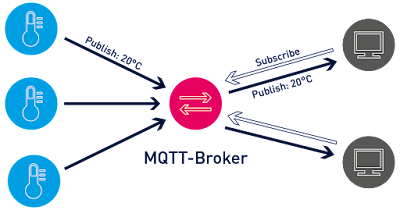▷ Practica 7 #PlcLab: WebServer PZEM-014/016 AC Energy Meter
Repositorio:
Materiales:
- 1 PLC-LAB
- 1 Sensor PZEM016 (Link)
Requisitos previos:
Web Server:
Un servidor Web es un software que se ejecuta en el ESP32 y que tiene como finalidad mostrar información en navegadores Web desde cualquier equipo conectado a la red Wifi. Para esta practica mostraremos los valores eléctricos del modulo PZEM0014. Estos Web Server son muy útiles a la hora de crear interfaz de usuarios sin necesidad de tener pantallas que pueden suponer costos adicionales





Comments
Post a Comment